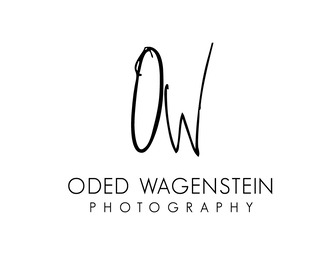In this post we will discuss: What is the best lens kit to take with you on your next trip
Love wild life photography? buy a Tele lens (over 50 mm).
Portraits make you excited? think about getting a 50 mm lens.
sound simple right? But what about Travel Photography, where there are so many beautiful and varied subjects to capture, like : Portraits, landscape, wildlife, local foods, street photography, markets and etc’.
What is the best lens for travel photography?
solution#1: get a lens with wide range of focal length (like the 18-200 or 18-105). Now, the problem is, and it is not a fixed rule but, as the range of your focal length gets bigger, you are loosing quality. I will not go into the optical explanations but, it’s like you can not be experts in cooking, dancing and computers all together. The same goes for your lens. So usually professional photographers will prefer their lenses as a small range zoom lenses or, the fix focal length type – the prime ones ( like the 50 mm, 85 mm, 35 mm and etc’).
Now the problem created is that you will need to buy lots of lenses (and carry all of them). So again, if you want to be able to cover all the subjects of Travel Photography. So what should you do ? In fact, there is no magic solution, a decision needs to be done
we must choice:
Quality or convenience?
(Please note that the quality of the lens, depend on many other criteria, I did not discussed like: quality materials, brand ,quality glass, etc.)
You can take one or two versatile lens (like 18-200) and then enjoy the benefits of convenience. or, you as solution#2: can travel with a set of lenses that will allow you to cover your needs. like: 16-25 mm+ 24-70 mm+70-200 mm OR 10-20 mm + 35 mm+ 24-70+70-200 mm
solution#3: Favored by professional photographers, travel with two cameras. One with the other prime lens with a zoom lens.
Please write me what is your favorite travel lens?
ODED
** I wish to thank Linda Burnette for helping me in writing this post**


Hi, thanks for your post, very helpful. I use a 15-85mm lens. It lets me go quite wide and i can also get slightly closer to my subjects, although on 85mm i often have to find a way to get closer to the subject, if possible, if the subject is really far and i cant get to it i just have bare with it. But the lens gives great variety, im happy with it as a starter lens, and its a good way to see what kind of lens i would once like to invest in further.
I use the 17-40mm L Series Lens, on my 5D Mark II and I love it.
Thank you Ruth! When I used my crop factor 40d I would use the 17-55…
Oded
hi,
80-200 on old canon with slide-film (no cropping)
70-200 on canon (no cropping)
panasonic bridge camera (35-420) for street photography digital
I prefer taking 2 good quality zoom lenses instead of 18-200.
Usually taking 24-70 & 70-200 which can give me almost all what I need.
Great post
18-270 Tamron and 11-16 Tokina. these are my two lenses. As i do not enlarge more than A4 the sharpness even at full telephoto is ok.
Before buying my travel lenses, I looked at travel photography sites to try to find out what professional travel photographers used and decided to buy two lenses, both nikon, a 10-24mm and a 28-300mm which I use on my nikon d7000 camera. I didn’t go for the higher quality ‘more glass’ lenses, in part because of the higher price, but mostly because I’ve taken up trekking somewhat and didn’t want to carry the extra weight for days on end.
Nikon 50mm 1.8 : Tokina 11-16mm 2.8 : Sigma 17-70mm 2.8-4. The 17-70 is always on my Nikon D300 and the other two lenses are used when required. eg narrow street the 11-16 is extremely handy.
Hi Oded,
Actually I’m on holiday in 2 weeks to south Germany-Swiss-Austria where I know I’ll have great landscapes, flowers, waterlakes and firewarks over Rheinfall on July 31th, so I’ll take my 450D (old but very good)+ Tamron 17-50 f2.8L (very sharp and nice colors you can see on my facebook) and for wildlife I have Tamron 18-270 (not good quality but I will try to improve with Photshop and others, I wish to have Canon 70-200 f2.8L but it’s quiet expensive and as it is not my main purpose). a flash is also considered for night photography.
Dear Fredi.
That sound like a good and smart set to take with you
Enjoy your trip
Oded
Canon 24-105 on full frame sensor – pretty good quality and descent range.
the f/4 isn’t a real limit with full frame sensor, which gives you the ability to rise the ISO pretty high.